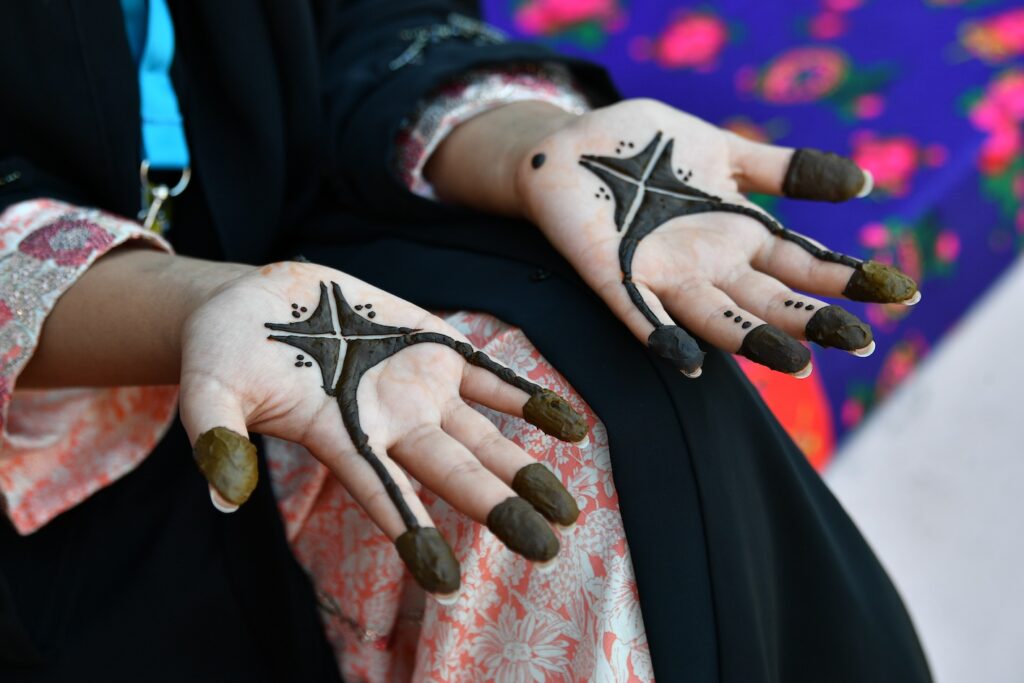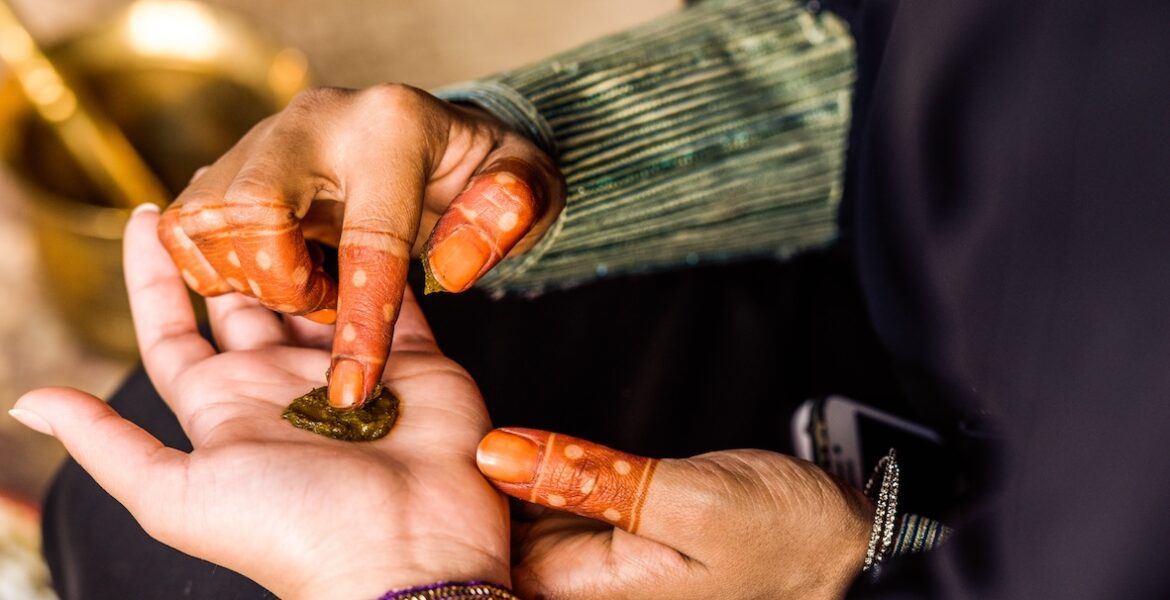The Department of Culture and Tourism – AbuDhabi (DCT Abu Dhabi) has announced the official inscription of Henna on UNESCO’s Representative List of the Intangible Cultural Heritage, as one of the most ancient, celebrated, and enduring elements of cultural heritage in the United Arab Emirates.
Prior to its popularity as a decorative and aesthetic material, Henna was used as a medicinal plant in treating various diseases and aches. Today, it plays a fundamental role in rituals and ceremonies as an adornment for women and girls with intricate patterns showcasing artistry and creativity.
The United Arab Emirates participated in UNESCO’s 19th Intergovernmental Committee for the Safeguarding of Intangible Cultural Heritage, held in Asunción, Paraguay, earlier this month. HE Ambassador Ali Al Haj Al Ali, the Permanent Delegate of the UAE to UNESCO, headed the UAE delegation. A significant achievement was made during this meeting with the inscription of Henna onto the UNESCO List of the Intangible Cultural Heritage of Humanity. This decision was made after meeting the criteria outlined in the 2003 Convention for the Safeguarding of the Intangible Cultural Heritage of Humanity.

His Excellency Sheikh Salem bin Khalid Al Qassimi, Minister of Culture, said: “We take immense pride in the efforts that have led to the inclusion of these files, which form a fundamental pillar of our Emirati and Arab heritage and identity, in this distinguished list. This achievement reflects the richness and depth of our Arab civilization and emphasizes the strong bonds that unite us as Arab nations, rooted in a shared legacy of profound cultural heritage.”
DCT Abu Dhabi led the Henna nomination file (titled “Henna: rituals, aesthetic and social practices”), in collaboration with the Ministry of Culture and Youth in the UAE, under the patronage of the Arab League Educational, Cultural, and Scientific Organisation (ALECSO). In addition to the UAE, this joint Arab file included 16 countries from the region: Jordan, Bahrain, Tunisia, Algeria, Saudi Arabia, Sudan, Iraq, Oman, Palestine, Qatar, Kuwait, Morocco, Egypt, Mauritania, and Yemen. The joint file, comprising of various Arab cultural components, spotlights the role of heritage in sustainable development and shared human heritage. It is also a testament to the experiences of Arab communities in making Henna aesthetics richer and more diverse for the traditional adornment.
The inscription of Henna on the UNESCO Representative List is a major milestone, marking the 16th element recognized on behalf of the UAE since the inclusion of falconry in 2010.











